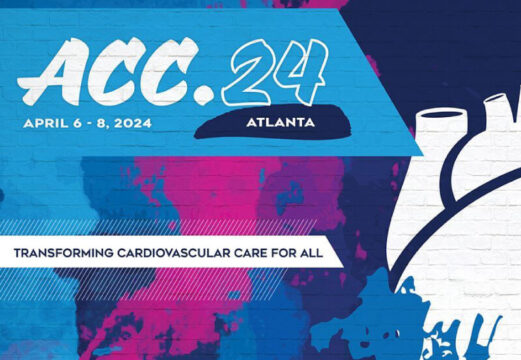Transcatheter aortic valve replacement (TAVR) has evolved since it was first implemented, and it is now also used to treat low risk patients. One of the questions this has raised is whether patient life expectancy is higher than prosthesis life expectancy.

The growing population in need for valve replacement also poses the question of how to best proceed when facing reintervention: a surgical valve replacement (SAVR) or TAVR.
The aim of this retrospective study was to assess the risk of redo SAVR after TAVR vs. redo SAVR after SAVR. There is a cohort of patients undergoing TAVR in SAVR (valve-in-valve) afterwards treated with SAVR (SAVR-TAVR-SAVR). An additional objective was to assess the comparative risk between TAVR-SAVR and SAVR-SAVR. The hypothesis was that doing SAVR after TAVR would increase mortality and morbidity.
Primary end point was mortality rate defined as all cause death happening within 30 days or during index hospitalization. Secondary end point included stroke, prolonged AMV, sternotomy deep infection, reoperation and kidney failure.
Read also: BASILICA: a Complex Strategy, Yet Safe.
The study included 31106 patients from 2011 to 2021, 29306 were SAVR-SAVR, 1126 TAVR-SAVR, and 674 SAVR-TAVR-SAVR. The group TAVR-SAVR included older patients, with more comorbidities tHan the other groups. Mortality rate was higher among TAVR-SAVR patients (17%), followed by SAVR-TAVI-SAVR patients with 12% and SAVR-SAVR patients with 9% (P< 0.0001). Morbidity rate also differed between groups. When compared against SAVR-SAVR patients, mortality adjusted risk was significantly higher for TAVR-SAVR patients (OR: 1.53, P=0.004), but not for SAVR-TAVR-SAVR patients (OR: 1.02, P=0.927). After propensity score matching to adjust for diffrences, SAVR mortality rate alone was 1.7 higher in the TAVR-SAVR group vs SAVR-SAVR (P=0.020).
Conclusion
Reoperation rate after TAVR is on the rise and represents a high risk population. SAVR after TAVR is independently associated with increased mortality risk. Patients with better life expectancy who do not present anatomical characteristics for redo TAVR should consider SAVR as first strategy.

Dr. Andrés Rodríguez.
Member of the Editorial Board of SOLACI.org.
Original Title: Redo Surgical Aortic Valve Replacement After Prior Transcatheter Versus Surgical Aortic Valve Replacement.
Reference: Robert B. Hawkins, MD, MSC et al J Am Coll Cardiol Intv 2023;16:942–953.
Subscribe to our weekly newsletter
Get the latest scientific articles on interventional cardiology


